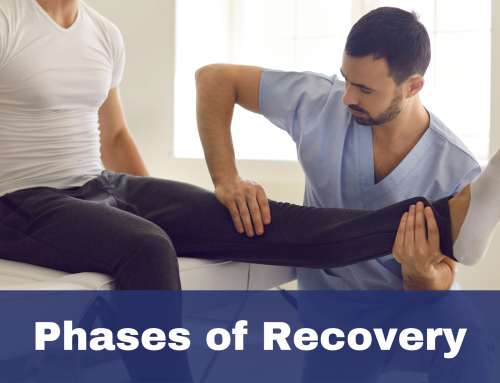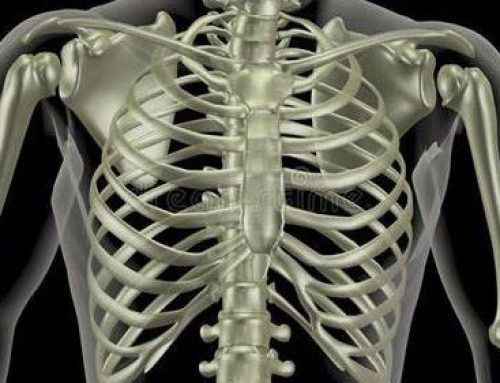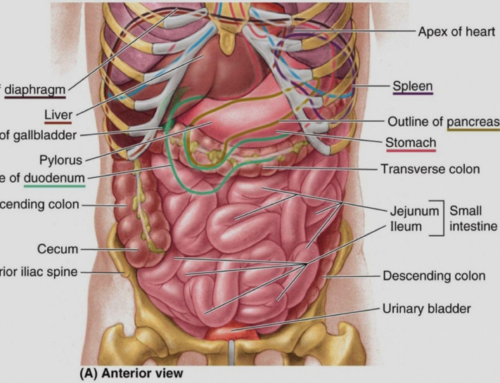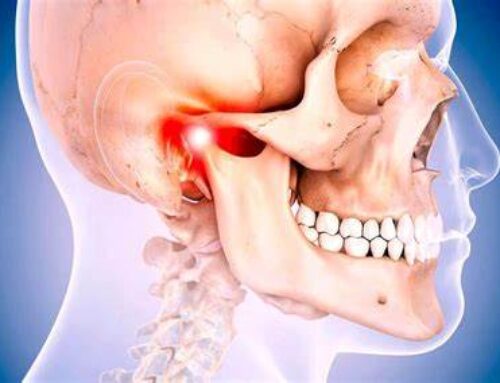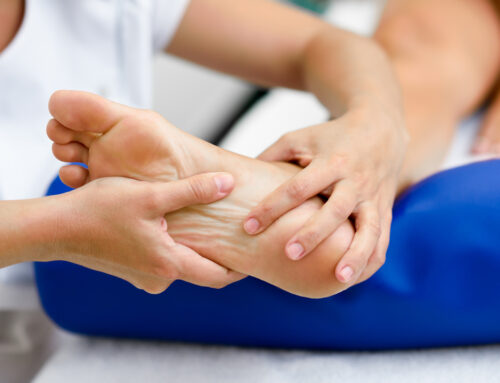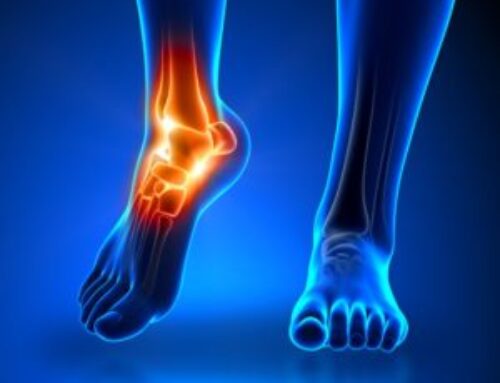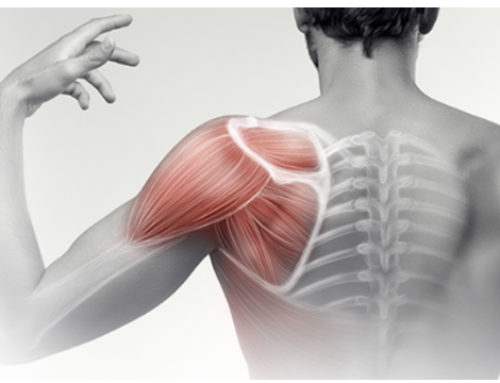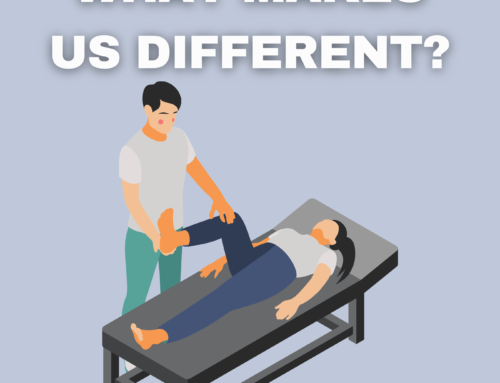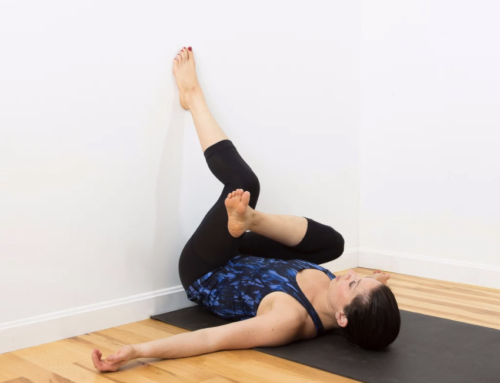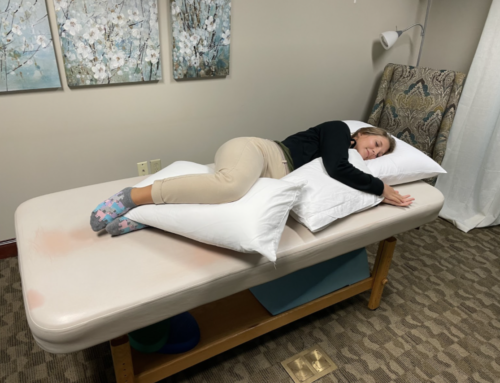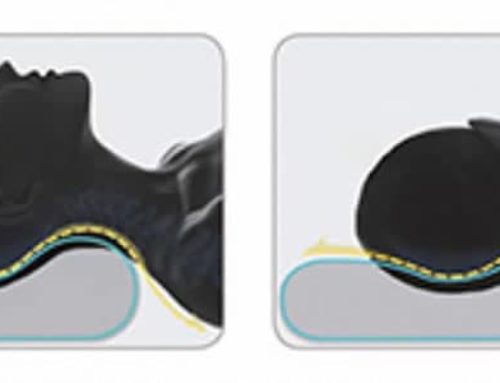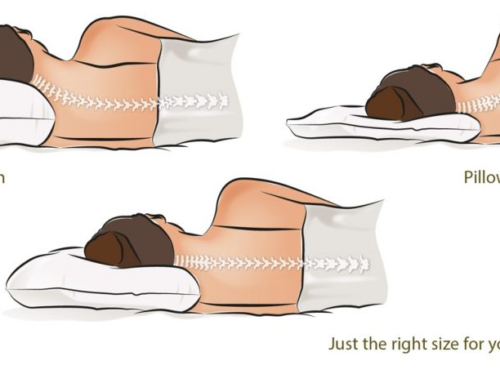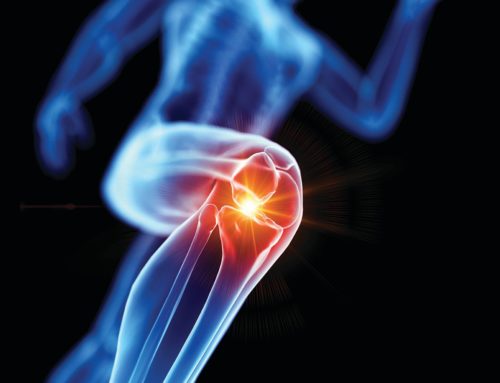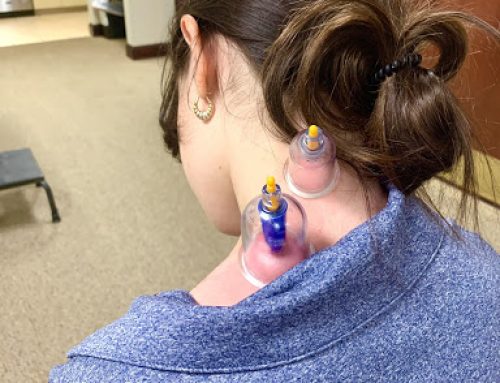The back is not fond of rotational activities, which are essential in playing golf. Since our local golfers want to stay in tip-top shape year-round, we’d like to share 7 of our best tips to prevent back pain and injuries. To learn more about these tips, attend our June 16th workshop for demonstrations. (Register at https://manualpt.com/june-16th-workshop-getting-your-swing-back).
- Warm-up your back prior to playing.
Complete a 20-minute warm-up to help improve muscle mobility and strength prior to playing golf. Dynamic warm-ups are the most beneficial.
A few of the health benefits to warming up include: release of adrenaline, dilation of capillaries, and increased supply of energy in the muscle.
These will all help improve muscular contraction during golf and decrease the risk of injury. A few suggested dynamic warm-up exercises are leg swings and pivot twists. After a brief warm-up, then start with some half and three quarter swings prior to driving the ball off of the first tee.
2. Improve hip mobility to decrease stress on the lumbar spine.
During golf, most of the movement needed comes from the back and the hips. Specifically, hip internal and external rotation is needed to decrease the rotation needed from the lumbar spine during a swing. By improving the hip mobility, you will decrease the stress on the lower back by reducing the amount of rotation needed from the spine.
A few stretches to help with hip mobility include a piriformis stretch and a hip capsule stretch. If you can’t attend our workshop in person, register with the above link to request a replay of the workshop to see the exercises performed.
3. Complete abdominal or core strengthening exercises at least 2-3 times a week to decrease stress on the lumbar spine during golf.
Golf is an endurance sport in which depending on your skill will require you to swing fully roughly 50-70 times in an 18 hole round – and that is excluding putts. In order for you to protect your back during your golf swing, you will need to be able to activate your rotational core muscles such as your obliques. Research shows that performing a repetitive strengthening program 2-3 times a week will strengthen your core, allowing you to prevent injury during your golf swing.
A couple of exercises that would benefit you would include seated Russian ball twists and standing trunk rotations against resistance.
4. Perform balance training activities to maintain a good center of gravity throughout the swing.
Maintaining proper balance is very important during golf. If you do not have a proper base of support, then you will increase the stress on your back and increase your risk of injury. A common thought is you do not build a house on a bad foundation. This can be applied to the golf swing as well. The majority of your power should come through the trunk and your pelvis. In order to effectively use your trunk and pelvis, you need to be stable on your feet.
Performing a dynamic balance training program on various surfaces will allow you to be more stable and stronger throughout your swing.
A couple of examples of balance exercises would be single-leg stance and rotational activities while standing on one leg. You can also vary the surfaces you are standing on.
5. Resist over-swinging throughout the round.
Over swinging is a common problem with avid golfers as they are trying to hit the ball further. The problem with this is that it actually increases your risk for injury in your lower back. Golfers that tend to overswing are the golfers that tend to be hypermobile or very flexible. People that bend forward and lean to the right during their setup increase their risk of over-swinging and their risk of back injuries. Controlling the core muscles and ensuring proper timing of your swing will allow you to hit the ball further without the risk of a back injury.
6. Build-up endurance.
Finally, golf is an endurance activity and although you get plenty of rest breaks throughout the round it can still be a very fatiguing activity. When you fatigue you will increase your risk of a back injury. I recommend if it has been a while since you have played, go to the range before you commit to playing 18 holes of golf. Slowly increase the amount of time you play golf. If you are going on a golf trip and planning to play multiple days in a row, attempt this at home before going on your trip. Build yourself up to playing multiple rounds a week rather than trying to jump right into it on your trip. This will allow your strength and endurance to improve and reduce your risk of injury.
7. Try Manual Physical Therapy.
Finally, physical therapy can help you play golf without back pain. We can address the issues that are causing the pain and give you a safe and healthy program to ensure that you can play golf without pain and without injury. Self-help exercises can be very beneficial, but physical therapy is the gold standard for alleviating and preventing back pain during golf.





